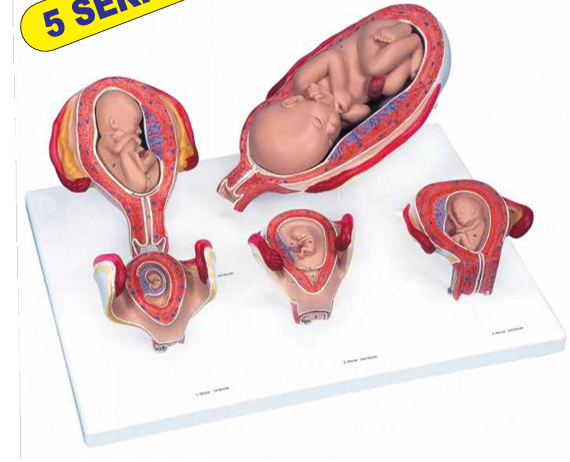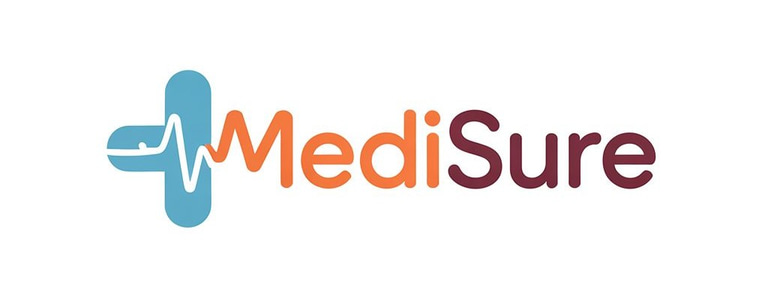رَبِّ زِدْنِي عِلْماً

STAGES OF PREGNANCY UTERUS WITH FETUS.
Embryology
₹82.00₹22.00
The journey of pregnancy is a remarkable and transformative experience, marked by numerous stages that witness the development of a fetus within the uterus. This intricate process typically spans around 40 weeks, divided into three trimesters, each characterized by distinct developments and changes. ### First Trimester (Weeks 1-12) During the first trimester, the uterus undergoes significant changes to accommodate the developing fetus. Initially, upon conception, the fertilized egg, now called a zygote, travels down the fallopian tube and implants itself into the uterine lining. #### Key Features: - **Development of the Placenta**: One of the essential structures that begin forming is the placenta, which provides oxygen and nutrients to the fetus while also removing waste products. - **Formation of the Embryo**: Around the end of the second week, the zygote develops into an embryo, and during this period, the basic structures of the fetus start forming, including the heart and brain. - **Hormonal Changes**: The body releases hormones such as human chorionic gonadotropin (hCG), vital for maintaining pregnancy and is the hormone detected in pregnancy tests. - **Uterine Growth**: The uterus, which is normally about the size of a fist, starts to expand as it accommodates the growing embryo. Initially, it remains protected within the pelvis but begins to rise out of the pelvis by the end of the first trimester. ### Second Trimester (Weeks 13-26) The second trimester is often seen as the most comfortable phase of pregnancy for many women. By this time, the embryo has developed into a fetus with more recognizable features. #### Key Features: - **Rapid Fetal Growth**: The fetus undergoes rapid growth, reaching an average length of around 13 inches and a weight of about 1-2 pounds by the end of this trimester. - **Organ Development**: Major organs continue to develop and mature. The fetal heart can be heard using a Doppler device, and the digestive system, kidneys, and lungs begin functioning. - **Movement**: As muscle and nervous system development progresses, mothers may begin to feel fetal movements, a phase often referred to as 'quickening.' - **Uterine Expansion**: The uterus expands significantly, pushing the belly outward. It can be felt above the pubic bone, providing visible signs of pregnancy. ### Third Trimester (Weeks 27-40) The final trimester is a time of continued growth and preparation for birth. By this stage, the fetus becomes increasingly active and responsive. #### Key Features: - **Final Growth Stages**: The fetus grows to an average size of about 19-21 inches in length and weighs between 6-9 pounds by birth. Fat accumulates under the skin, necessary for temperature regulation after birth. - **Lung Maturity**: The lungs mature and prepare for breathing air outside the womb. The production of surfactant, a substance that helps keep the air sacs in the lungs open, is critical to this process. - **Positioning for Birth**: The fetus typically turns into a head-down position in preparation for labor, helping facilitate a smoother delivery. - **Increased Uterine Pressure**: As the uterus enlarges, women may experience increased pressure on the bladder and pelvic area, leading to changes in movement and comfort. ### Summary Throughout these stages of pregnancy, the uterus plays a vital role, adapting and expanding to support the developing fetus. Each trimester brings unique physical and emotional changes for the expectant mother, alongside essential developments for the growing life inside. Understanding these stages equips expectant parents with knowledge about what to anticipate as they prepare for the arrival of their child.
Training
Providing essential healthcare training and simulation solutions.
COntacts
Support
info@medisureinternational.com
+91 9972123423
© Medisure. All Rights Are Reserved
Crafted with ❤️by Influence Kashmir
